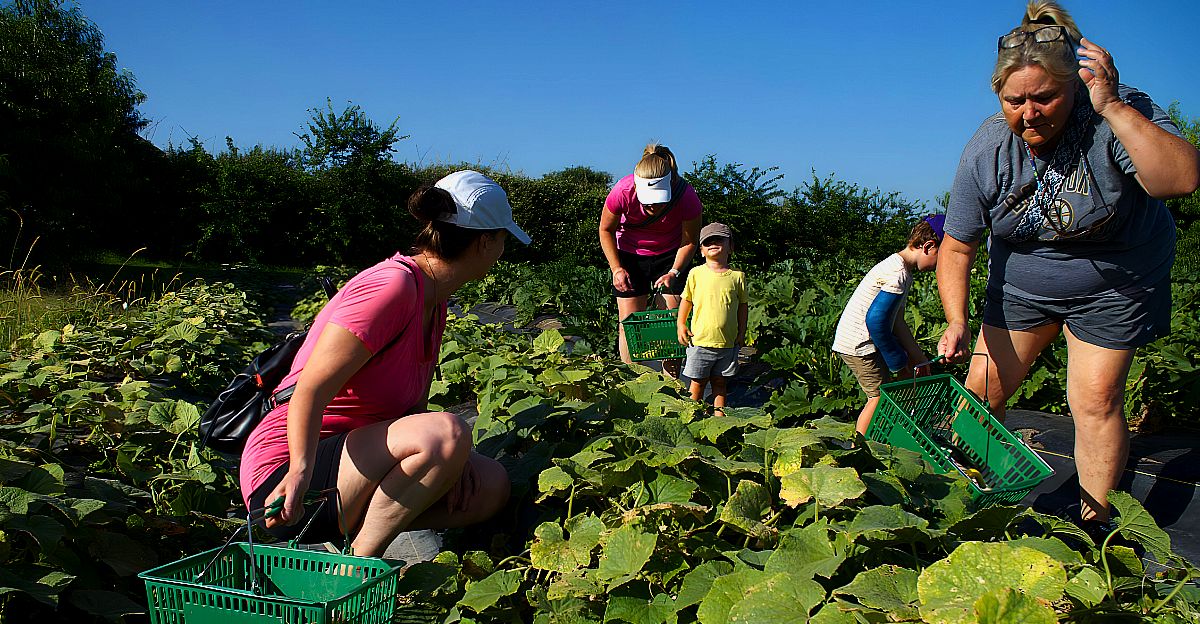
Oregon’s beloved pumpkin patches and tulip fields, which attract business year-round through events, are now under unprecedented strain thanks to new state rules.
Topaz Farm and Wooden Shoe Tulip Farm warn that losing hayrides and farm-to-table dinners would slash their income. Social-media comments call the draft rules “heartbreaking,” and farmers fear less fresh food will reach local tables.
Draft Rules

The 87-page Department of Land Conservation and Development (DLCD) proposal limits farms to 17 paid annual events, caps snack sales at 25 percent, and lets counties cancel permits every seven years.
Oregon officials say the draft rules protect farmland, not shut down fun. Lawmakers spotted confusing gaps on snack sales, event size, and neighbor complaints. The rewrite one clear rulebook for all counties, cuts costly lawsuits, and keeps growing crops—not big festivals—as the main job of every farm. Small farmers argue that these brand-new policies will hurt them the most and make running farms even harder.
Why Events Matter
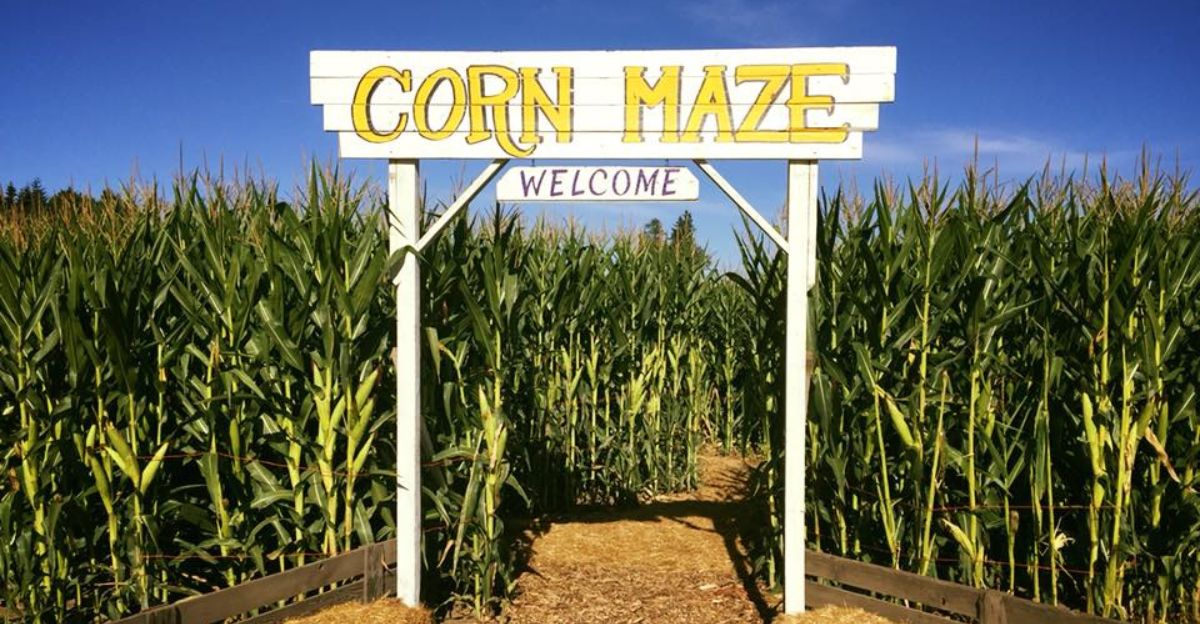
A 2025 Oregon State University study shows agritourism—corn mazes, U-picks, dinners—adds nearly $1 billion to the Willamette Valley economy and supports about 11,000 jobs. These new policies could jeopardize employment opportunities and cap the boost to local economies.
Roughly one in five farms welcomes visitors. Researchers say this extra cash keeps land in crops instead of housing. Regulators worry big attractions might overrun farmland. Running and maintaining a farm has already become harder in the past few years, and this policy squeezes the industry even more.
Squeezed Farms
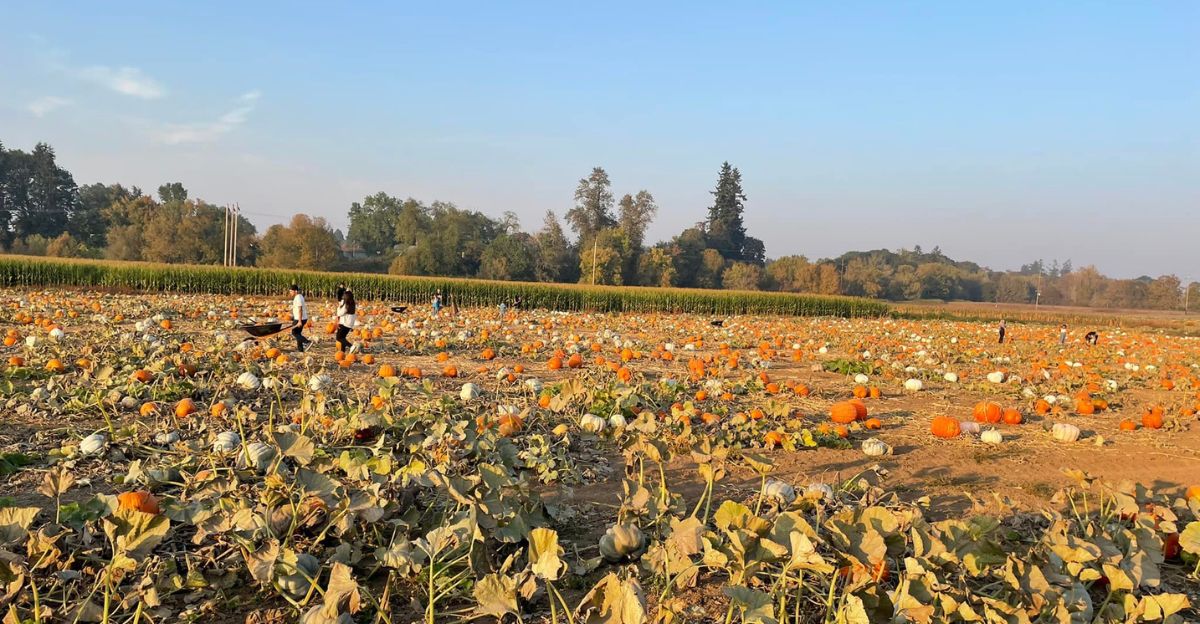
USDA data shows that between 2017 and 2022, Oregon lost 2,069 farms and 667,000 acres, while expenses jumped 31 percent. Many of these closures were small, family-run plots, not large corporate farms.
Some growers now earn half their income from festivals and dinners. Economist Jeff Reimer warns that removing those events could be a “big financial hit” during drought and labor shortages.
Key Flashpoint

DLCD posted the draft on 11 July 2025, starting a public-comment period through 7 November. The proposal redefines “farm stand,” sets the seven-year permit review, and limits food sales not tied to on-site crops.
Opinions on the policy are split, with land-use group 1000 Friends calling it a “needed guardrail,” while the Oregon Property Owners Association labels it “a regulatory sledgehammer.”
Local Stakes
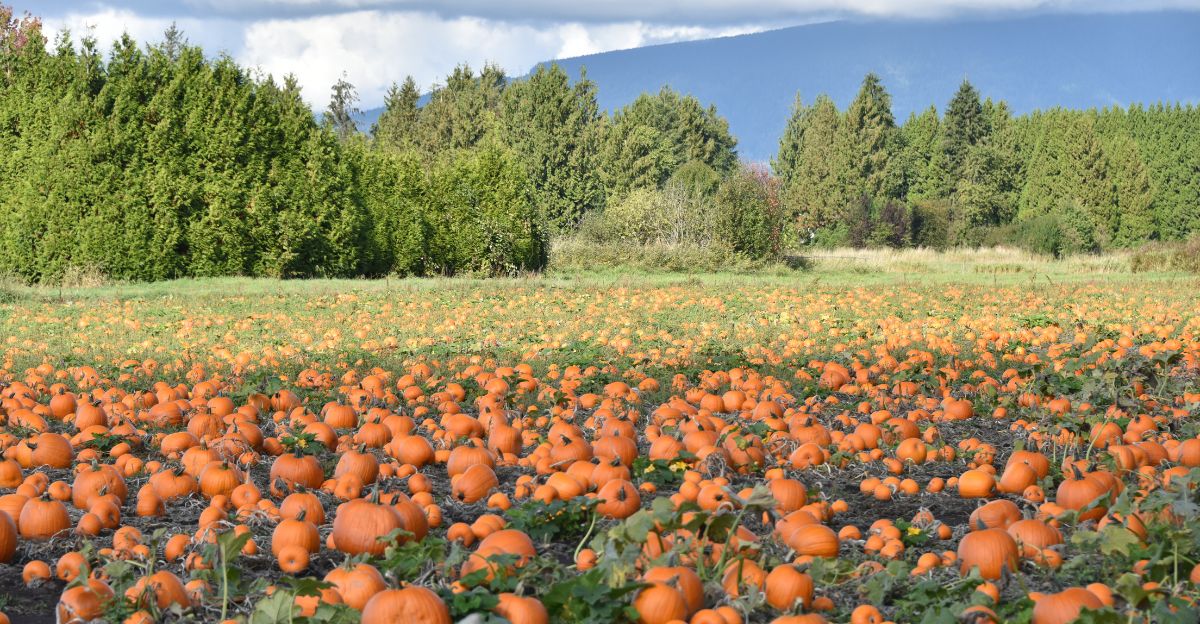
Beyond the scope of farming, farm events are a large business. OSU says they bring 13.7 million visitors and $572 million in rural income annually.
Marion County notes that 17 events are “one every other weekend,” but farmers reply that busy pumpkin seasons blow past that quickly. Counties fear an extra workload, and farm-supply stores expect lower sales if crowds drop. Many farmers have voiced their concerns.
Voices from Fields
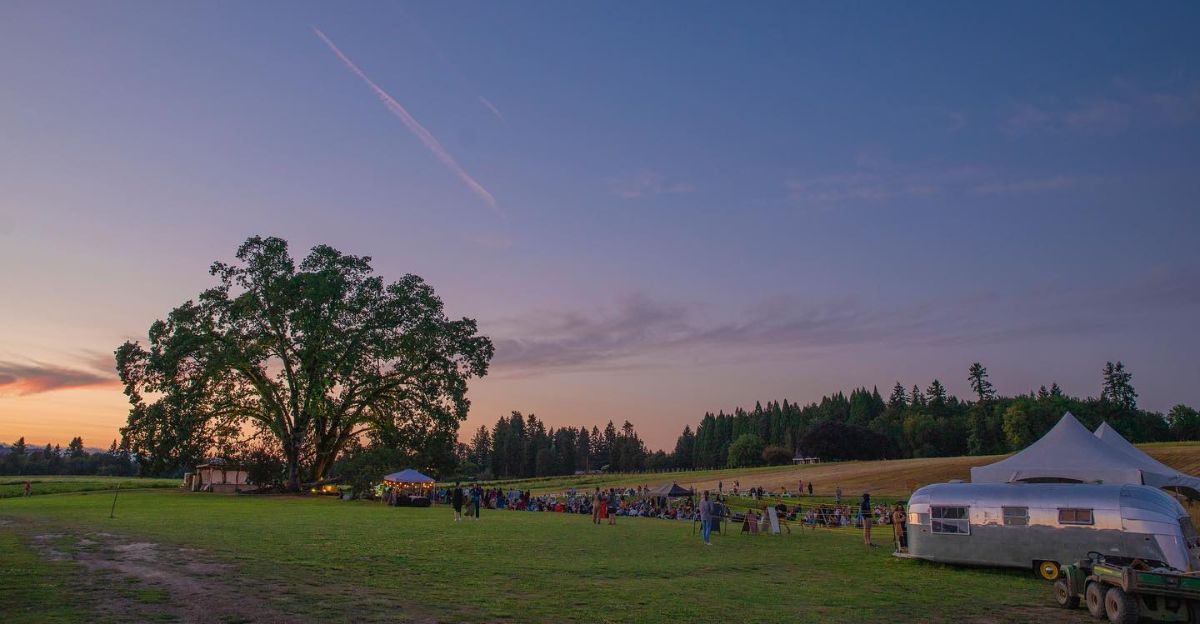
“We’re saving land but not farmers,” Topaz Farm’s Jim Abeles told KGW. Wooden Shoe co-owner Barb Iverson said losing festivals cuts bulb research that keeps their tulips thriving.
Over 400 public comments hit DLCD in one week. Agency official Alexis Hammer insists rumors of outright bans are “misinformation.”
Polarizing Opinions
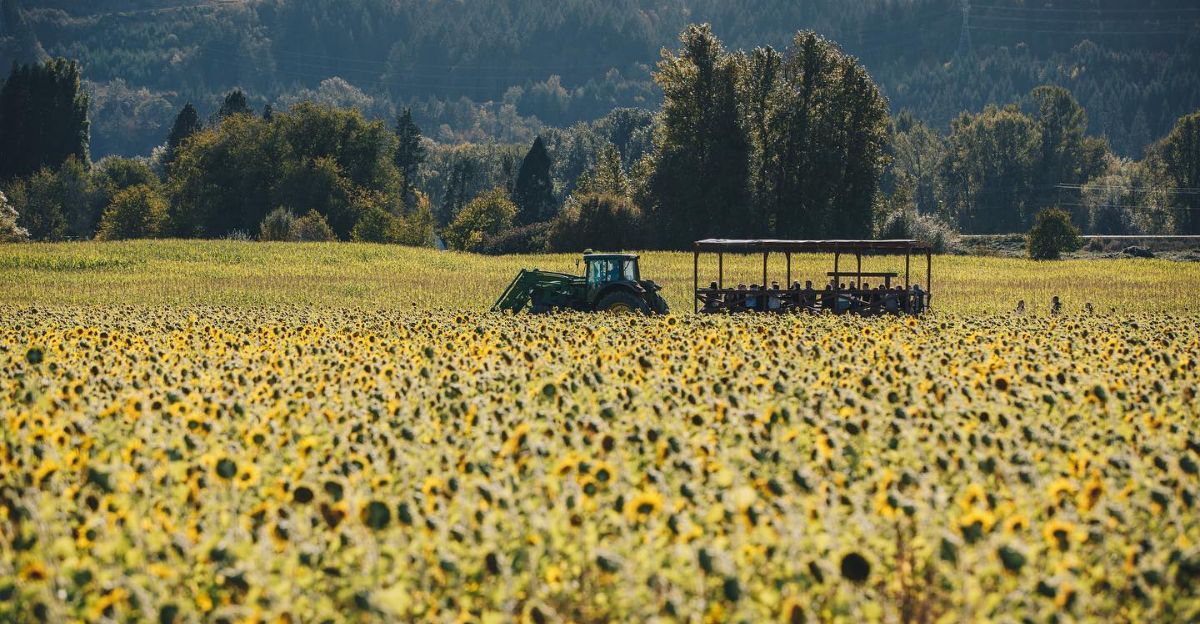
The Oregon Property Owners Association argues the draft favors big agribusiness that can absorb fees, leaving small farms disadvantaged.
1000 Friends counters that loose rules invite traffic and sprawl. Friends of Family Farmers warns of “death by fees” for tiny growers. Travel Oregon worries fewer harvest events will hurt rural tourism. Economic studies from both sides are pending.
National Picture

Across America, farm numbers fell below an unprecedented 2 million in 2022, the lowest number since Civil 2. The American Farm Bureau says agritourism adds about 9 percent to small-farm sales.
A USDA report warns that cutting such income “may erode local food supply chains,” especially for fruits and veggies, impacting farmers and nationwide food stock.
Decision Time

DLCD can revise the proposal before a December vote, while lawmakers may revive a friendlier bill in 2026. Farmers are taking action and plan bus trips to hearings, while land-use groups draft legal briefs.
Oregonians wonder: will fall weekends still offer hayrides and cider, or will signs read “Closed for Compliance”? The winter vote will decide.
Permit Costs

Marion County charges $2,800 for a conditional-use review, while Clackamas asks $3,020. The Property Owners Association estimates that some farms could spend over $15,000 after studies and consultants.
DLCD believes county workloads will rise only “nominally.” Advocates for family farms want sliding-scale fees so tiny operations aren’t priced out.
Number Fight
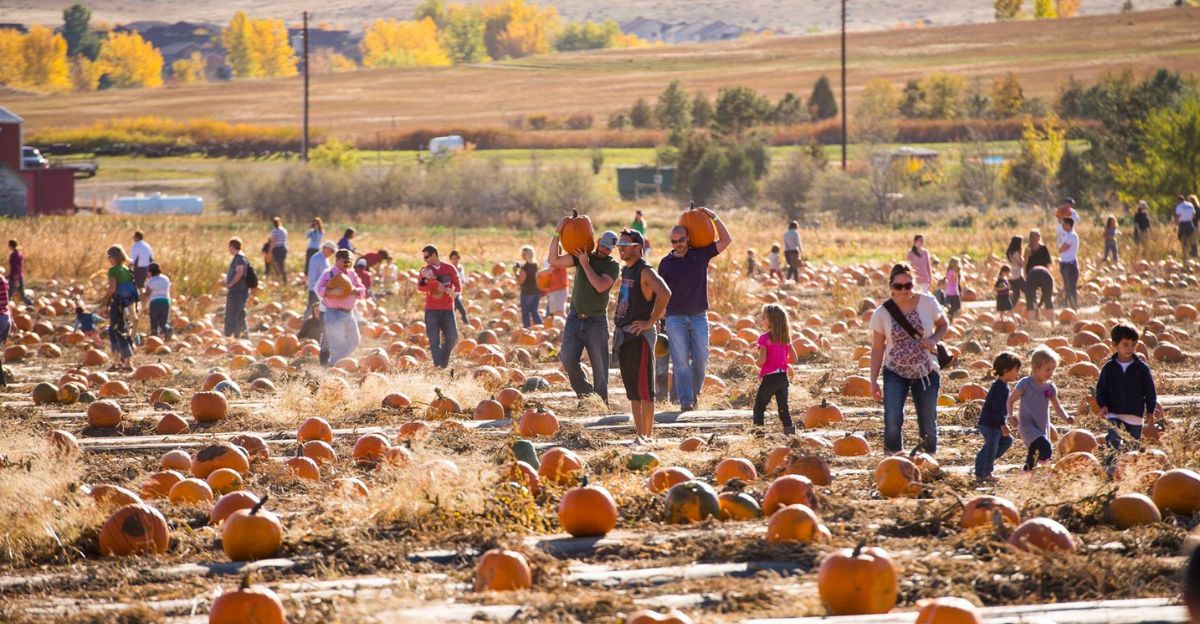
DLCD says snack limits kick in only if food sales exceed 25 percent. 1000 Friends finds that just 4 percent of stands host more than 17 events yearly.
Farmers argue that averages hide busy seasons—one pumpkin patch can hit the cap in six weekends. Both sides accuse each other of cherry-picking data.
Other States

California allows farms to host events with fewer than 150 guests with few hurdles, and agritourism revenue there rose 35 percent by 2022.
Washington uses “overlay zones” to cut permit waits from 18 months to 90 days. Oregon lawmakers cite these models, while watchdogs warn that relaxed rules can turn fields into party venues.
Climate Factor
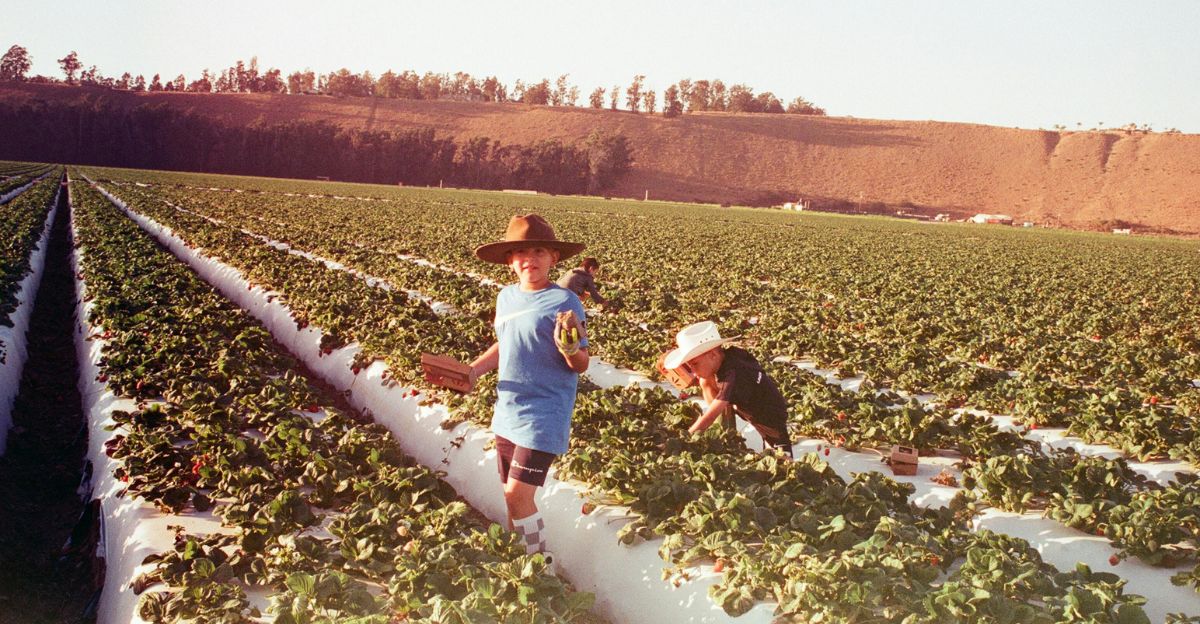
Severe drought covers 32 percent of Oregon, and irrigation water is down 15 percent. OSU scientists say hotter summers hurt berry yields, making event revenue more vital. DLCD argues that fewer large gatherings reduce dust and emissions.
Farmers argue that festival money funds important drip lines and solar pumps, which are key tools for climate resilience in agriculture.
Road Ahead
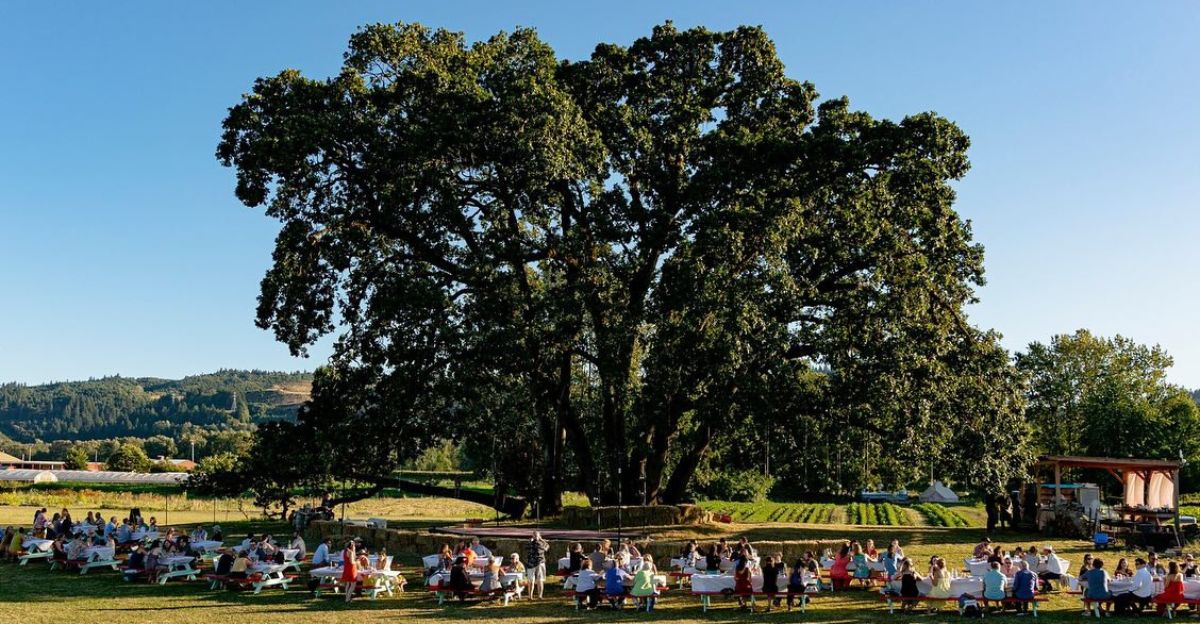
If the rules pass, counties must write manuals by spring 2026 and review permits every seven years. If the farmers can plead their case, the rules could be scaled back, land-use advocates may sue, or lawmakers might override DLCD.
Oregon wants to protect farmland, but family farms need to be allowed to innovate to survive in a changing climate and market.
